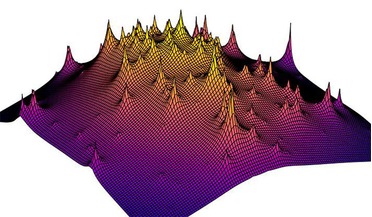 03 March 2017
Dark Matter Map revealed by researchers
03 March 2017
Dark Matter Map revealed by researchers
... from massive clusters which are extremely rare in the universe and hence unlikely to appear in present-day cosmological simulations, thus adding to the authenticity of the map. "With the data of these three lensing clusters we have...
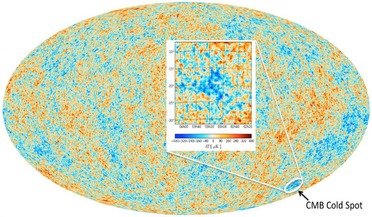 26 April 2017
Cold Spot in CMB could be evidence for a multiverse
26 April 2017
Cold Spot in CMB could be evidence for a multiverse
... presence of 'voids' or a ‘super-void.’ "The voids we have detected cannot explain the Cold Spot under standard cosmology. There is the possibility that some non-standard model could be proposed to link the two in the future...
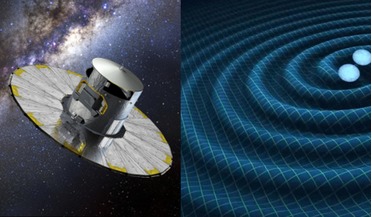 21 July 2017
A new way to search for gravitational waves?
21 July 2017
A new way to search for gravitational waves?
... team based in the UK thinks so. Located at Cambridge University, the Cavendish Laboratory and the Kavli Institute for Cosmology, the team have suggested that astrometric data from ESA’s space-astrometry mission Gaia, could help...
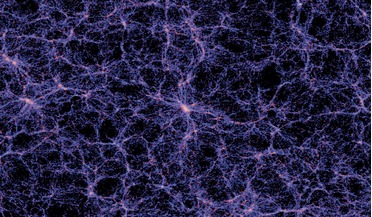 11 October 2017
Have astronomers found the missing mass in the Universe?
11 October 2017
Have astronomers found the missing mass in the Universe?
... to be missing. Finding the remaining 95 percent of baryons has since been one of the major challenges in modern cosmology . Simulations to predict where the ‘missing baryons’ might be residing had revealed that they could be spread throughout ...
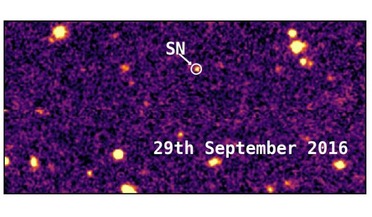 21 February 2018
Oldest known superluminous supernova discovered
21 February 2018
Oldest known superluminous supernova discovered
... as they did with type 1a supernovae. Type 1a supernovae are exploding white dwarf stars and are used in cosmology as typical "standard candles" for measuring the expansion of the Universe. Since SLSN can be anywhere from 50 to 100...
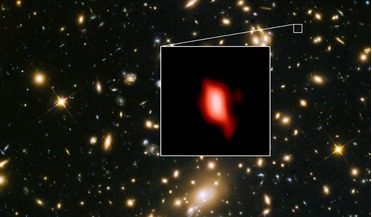 16 May 2018
Astronomers find stars forming just 250 million years after Big Bang
16 May 2018
Astronomers find stars forming just 250 million years after Big Bang
... that followed after the Big Bang. “Determining when cosmic dawn occurred is akin to the Holy Grail of cosmology and galaxy formation. With these new observations of MACS1149-JD1 we are getting closer to directly witnessing the...